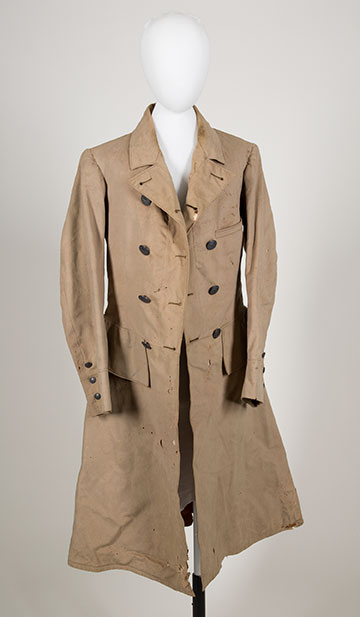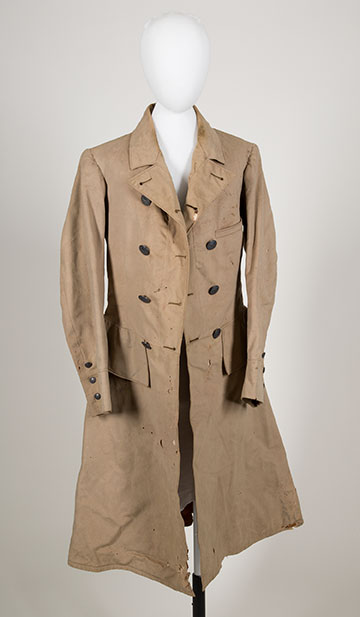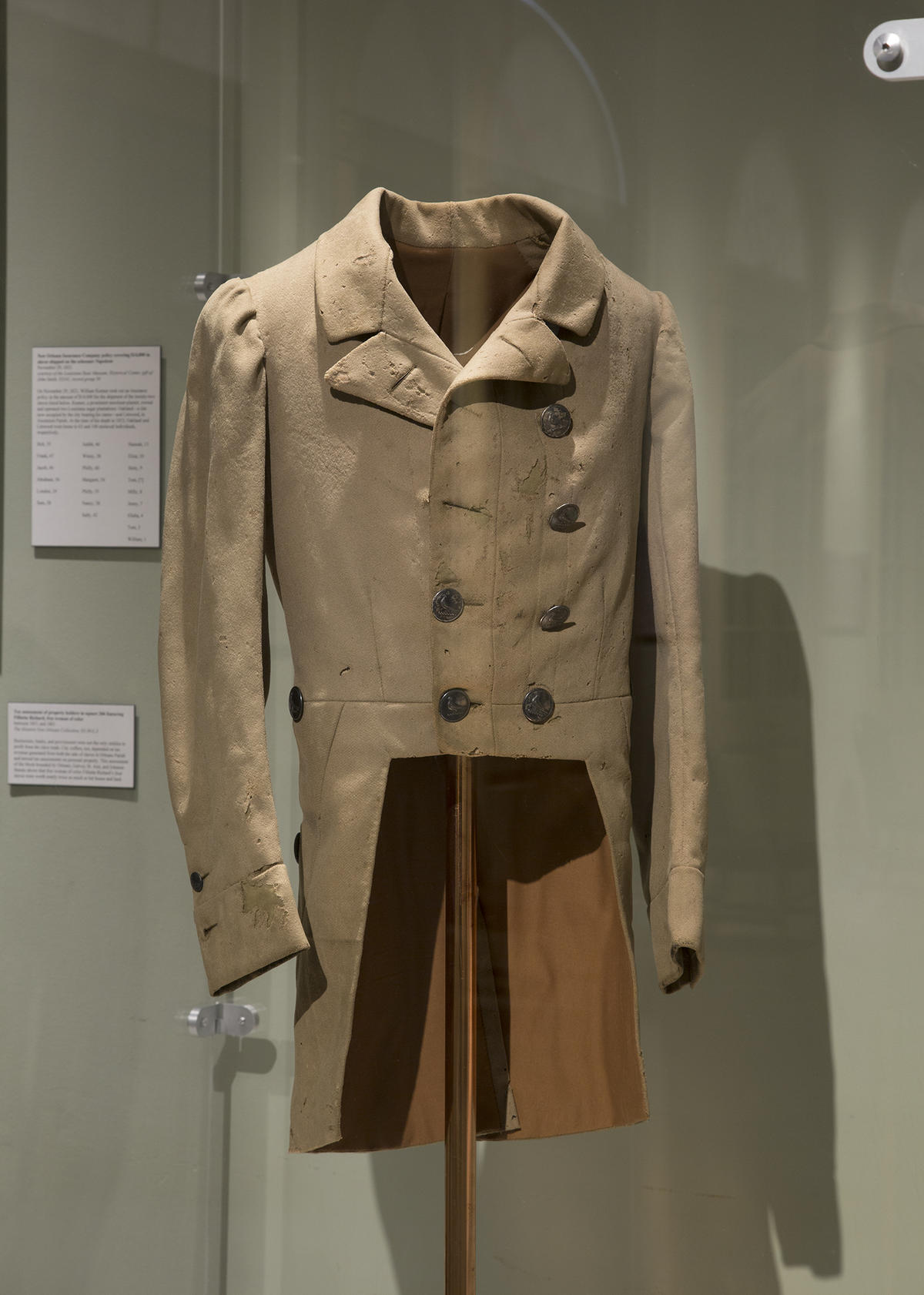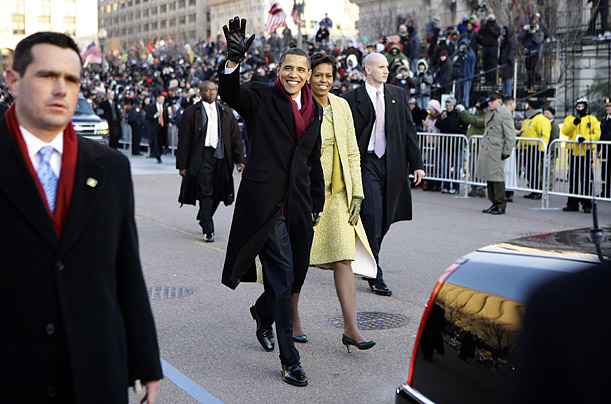
![]()
We continue to look at companies that built their fortunes through the slave trade.

Brooks Brothers is the oldest men’s clothier in the United States and is headquartered on Madison Avenue in Manhattan, New York City. Founded in 1818 as a family business, the privately owned company is now owned by the Italian billionaire, Claudio Del Vecchio.
On April 7, 1818, at the age of forty-five, Henry Sands Brooks (1772–1833) opened H. & D. H. Brooks & Co. on the northeast corner of Catherine and Cherry Streets in Manhattan. He proclaimed that his guiding principle was, “To make and deal only in merchandise of the finest body, to sell it at a fair profit, and to deal with people who seek and appreciate such merchandise.” In 1833, his four sons, Elisha, Daniel, Edward, and John, inherited the family business and in 1850 renamed the company “Brooks Brothers.”
Historians say that slavery was so central to the economy in the early days of America that almost every business benefited from it. “The entire economy of this country was based on slavery, North as well as South,” said Eric Foner, a professor of history at Columbia University. “New York had a stranglehold on the cotton trade, which made up half the total value of U.S. exports in 1850. Merchants, manufacturers, everyone felt the economic ripples.”
Brooks Brothers supplied the majority of clothing to plantation owners in the south, especially Georgia, building an empire that was worth half a million dollars in 1820.


Exhibit of a livery coats for a slave from the New Orleans Collection “Purchased Lives”. Designed for outdoor work such as driving carriages, doormen. From the estate of slave owner Dr. William Newton Mercer. The garments, with his family crest on silver and pewter buttons, came from Brooks Brothers.
A partner of Brooks Brothers was former New York mayor George Opdyke.
Had it not been for the institution of slavery in the South, Opdyke might never have even made his fortune and partnered with Brooks Brothers.
George Opdyke was born to a large New Jersey farming family in 1805, working his way from the fields to the classroom, becoming a young school teacher at an early age. Like so many teenagers in the early 19th century, job opportunities out West spoke to his sense of adventure. With $500 in their pockets, Opdyke and a friend settled in Cleveland, Ohio, opening a clothing store and tailor for workers of the newly constructed Erie Canal.
Opdyke soon found a more profitable application for his young business — the high mark-up manufacturing of cheap slave clothing. He moved to New Orleans and began an incredibly profitable plant there, making inexpensively produced clothing for the plantations of the deep South.
In fact, Opdyke became so successful that, in 1832, he moved to New York to open a larger clothing factory on Hudson Street. According to historian George Lankevich, Opdyke “built the city’s first important clothing factory, selling his goods largely to southern plantations and creating the basis of a new industry.” It was the first large-scale, ready-to-wear clothing establishment in New York, soon employing thousands; so, yes, this is how the New York fashion industry begins. Opdyke had profited handsomely from the sale of slave clothing through his own clothing plant and in deals with rival clothing manufacturer Brooks Brothers.
By 1846, Opdyke, now a millionaire and a well-connected member of mid-19th century New York society, entered a life of politics. He was elected mayor of New York City in 1862.
U.S. President Barack Obama wore a Brooks Brothers coat, scarf, and gloves during his inauguration in 2009.

In 2014, Brooks Brothers had annual sales of 1.2 Billion.
